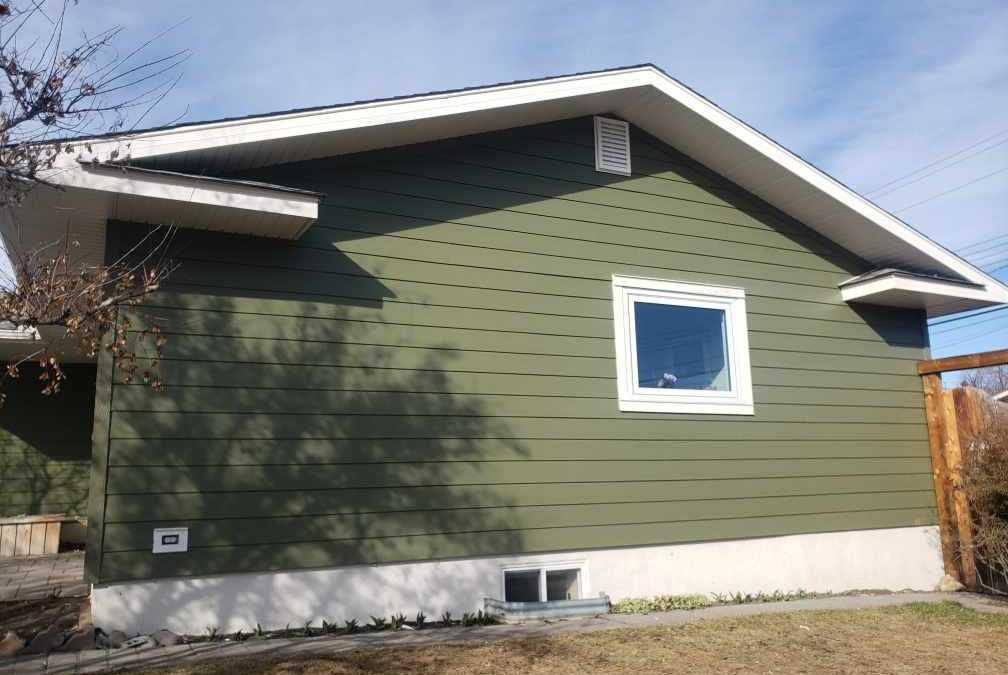Ever noticed how a home, driveway, or patio looks completely transformed after a thorough cleaning? That’s the magic of pressure washing. It’s not just a surface-level touch-up, it’s a deep effective solution that restores the original beauty of exterior surfaces.
Whether you own a home, manage a commercial property, or maintain public spaces, exterior upkeep should be a top priority. Pressure washing does more than make things look nice. It removes harmful buildup. Prevents long-term damage and saves you money on costly repairs.
In this article we’ll break down what exterior cleaning services involve. Why pressure washing stands out and how to use it effectively.
Exterior Cleaning Services: What Makes Pressure Washing Stand Out?
Pressure washing uses a concentrated stream of water often at high pressure to remove contaminants from hard surfaces. It cuts through years of grime, mildew, algae and even grease with ease.
This method is especially useful for outdoor areas that are exposed to the elements year-round. Rain, wind, dust and heat all leave marks over time. Exterior cleaning services like pressure washing don’t just clean these surfaces. They refresh them. It’s like giving your property a clean slate.
Soft Washing vs. Pressure Washing
While pressure washing is great for tough surfaces like concrete, pavers and stone, soft washing is better for more delicate materials. This includes siding, roof shingles and painted wood. Soft washing uses low pressure and eco-friendly cleaning agents to gently dissolve buildup without damaging the surface.
Choosing the right approach ensures your surfaces are cleaned safely and effectively. Professionals often combine both techniques depending on the area and material.
Common Applications and Surface Types
You might think pressure washing is just for sidewalks but it’s useful in far more situations than most people realize.
Residential Use
Homeowners use pressure washing for driveways, patios, fences, decks and even garage doors. It boosts curb appeal instantly especially before events or when putting a house on the market.
It’s also useful for removing mildew from shaded areas or built-up grime on poolside patios. By eliminating slippery substances. It makes outdoor areas safer especially for kids and elderly residents.
Commercial Use
In commercial settings clean exteriors can make or break a first impression. Businesses rely on pressure washing for parking lots, storefronts, loading docks awnings and more.
It also helps maintain compliance with sanitation codes especially for restaurants, retail stores, and public buildings. A dirty exterior may not violate health regulations. But it can still deter potential customers.
Comparing Cleaning Methods
| Cleaning Method | Best For | Surface Sensitivity | Environmental Impact |
| Pressure Washing | Driveways, sidewalks, patios | Low | Medium |
| Soft Washing | Siding, roofs, stucco | High | Low (biodegradable soaps) |
| Manual Scrubbing | Windows, tight corners | Very High | Low |
| Chemical Cleaning Only | Rust, grease, graffiti removal | Varies | High (depends on product) |
Benefits of Regular Pressure Washing
Routine pressure washing can drastically extend the lifespan of your exterior surfaces. Dirt and algae don’t just look bad. They break down materials like wood, concrete and siding over time.
By eliminating this buildup you’re essentially preserving your property. This means fewer repairs, less repainting and a longer-lasting investment.
Mold and Mildew Prevention
If left untreated, mold and mildew can become more than an eyesore. They can lead to health issues. Spores can spread indoors, affecting indoor air quality. Regular pressure washing stops these growths before they become a serious problem.
Surface Preparation
Before any sealing, staining or painting project a clean surface is essential. Pressure washing removes old layers of dirt and flaking paint. Providing a smooth surface for new finishes to bond. Without this prep step paint and sealants may peel or wear away much faster.
Seasonal Timing and Maintenance Planning
The best times for pressure washing are spring and fall. In the spring it clears away winter grime and sets the stage for summer use of patios and decks. In the fall it removes leaves, pollen and buildup that could freeze and cause damage over winter.
Key Takeaways Before You Start
- Use the right method: Soft washing for delicate materials. Pressure washing for tougher surfaces.
- Know your surface: Not all materials can handle high pressure wood, shingles and stucco need care.
- Stay on schedule: Plan for at least one deep clean per year more often for high-use areas.
- Consider professionals: Experts know the right pressure, temperature and detergents for each surface.
Conclusion
Pressure washing is more than a cosmetic fix. It’s a practical affordable way to protect your property. From boosting curb appeal to preventing damage and promoting health. Its benefits are broad and impactful.
By understanding the differences between cleaning methods and using pressure washing strategically. Exterior cleaning services become a long-term investment in your property’s future. Cleaning today protects tomorrow.

Recent Comments